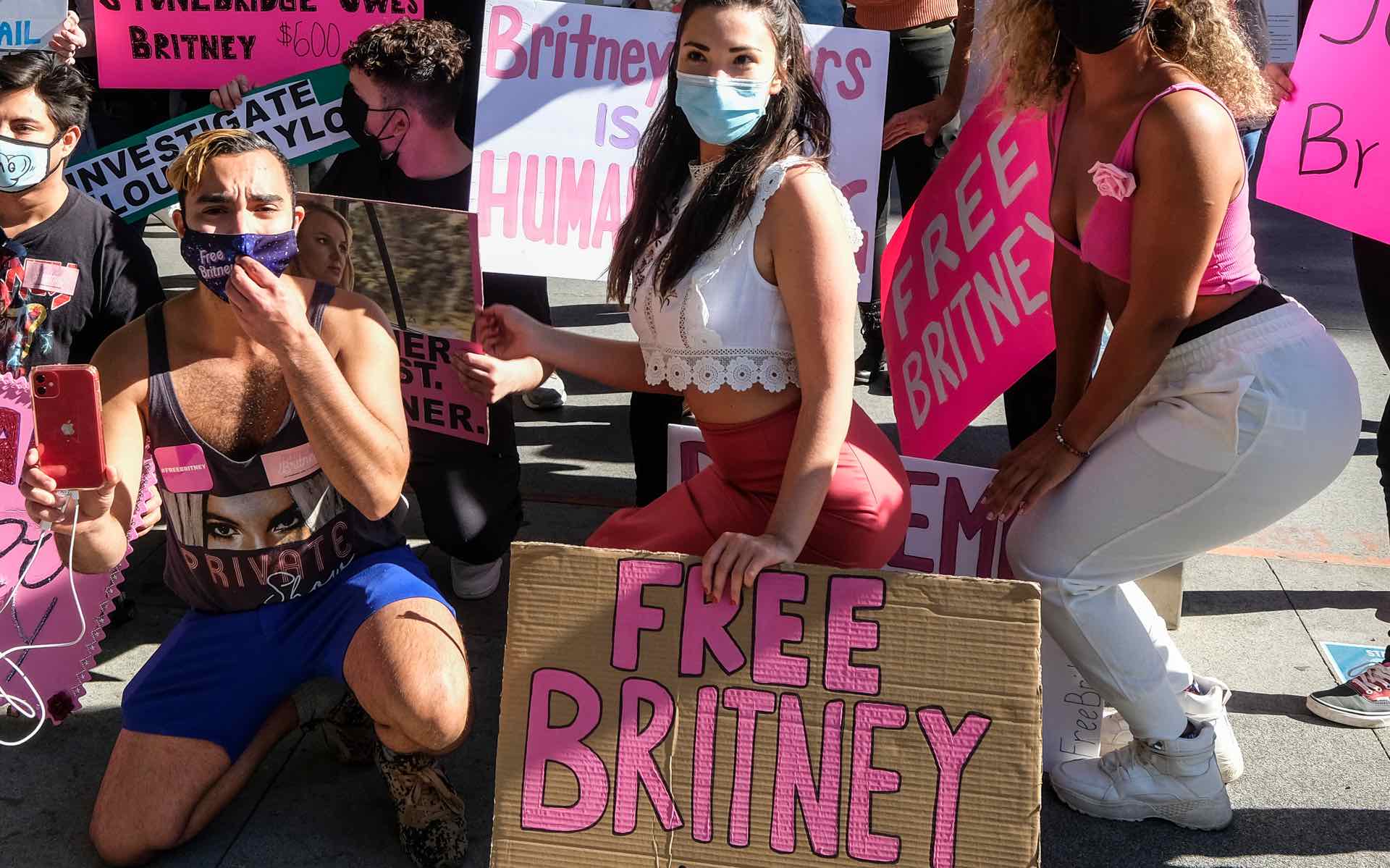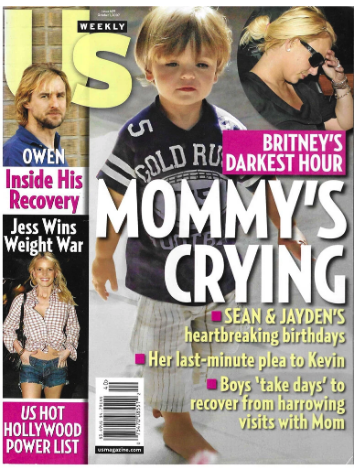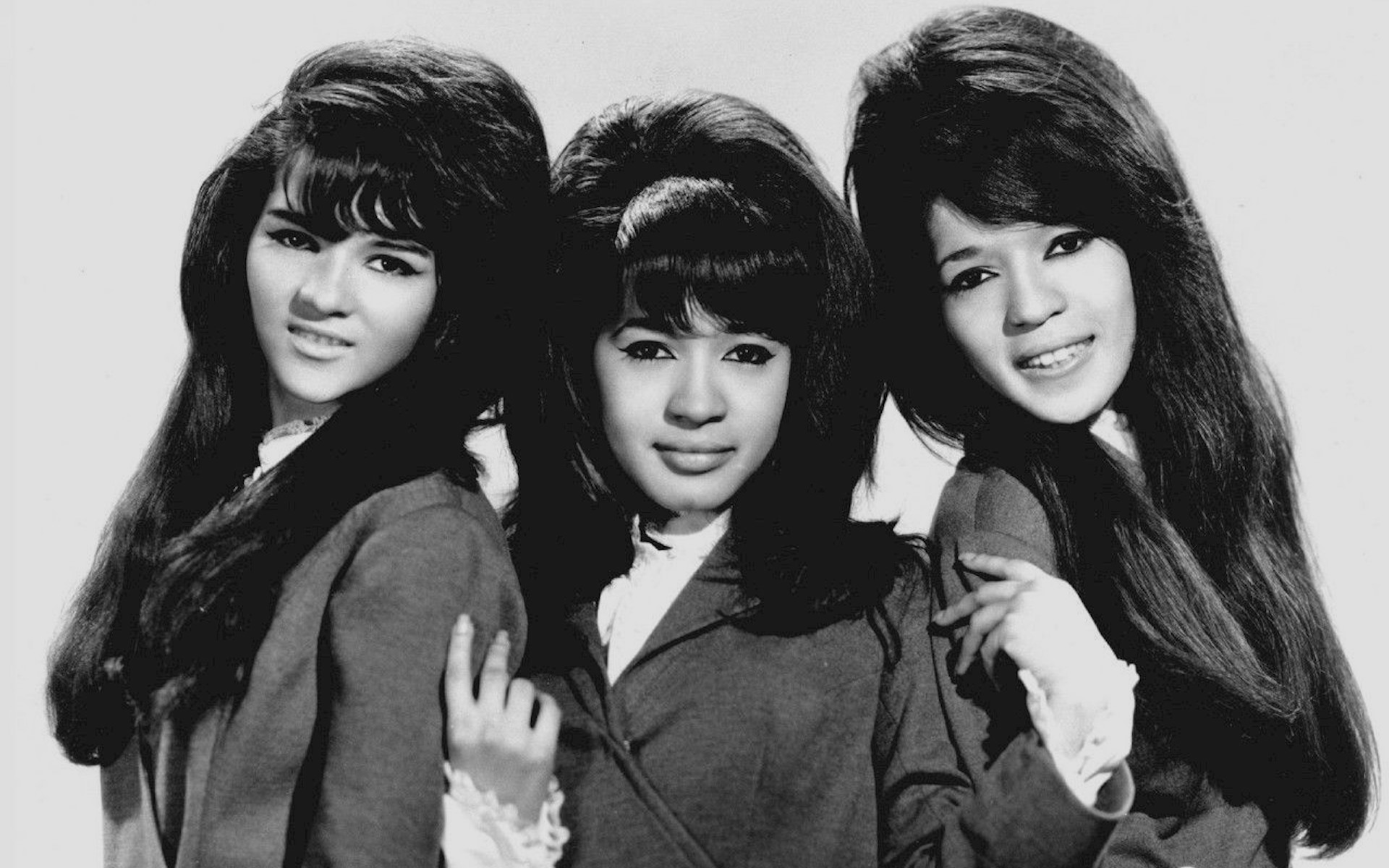When I was six years old, I traded my Princess Jasmine Barbie doll for Britney Spears’ Oops! … I Did It Again album at a sleepover. When my dad picked me up the next morning, I slid the disc into his car’s CD player, and heard the unmistakable “yeah, yeah, yeah, yeah, yeah, yeah” come through the speakers. That was when I realized it was mine to own now, and I could listen whenever I wanted. Britney was the talk of the town in my first grade class, and now I had a piece of what everyone was raving about.
For the next few months I replayed that purple CD over and over again on my boom box, but pretty soon the inevitable elementary school backlash hit and I realized that it wasn’t cool to like Britney anymore. “She sings through her nose,” “she lip-syncs,” “she’s too promiscuous,” were comments I heard from the friends and adults in my life. I decided I no longer wanted to associate myself with this “shameful” Britney Spears, so I swapped out Oops! … I Did it Again in my boombox for some *edgier* music: Avril Lavigne’s debut album Let Go. She was more of a tomboy, a guy’s girl, which I thought was more acceptable.
Then the only way I kept up with Britney was through quick glances at tabloids in the grocery store checkout line, and whatever gossip I could gather from my classmates. And it was more of the same bad rap she’d been getting at my school. I knew Britney was a “slut” because she cheated on Justin Timberlake, she was a “bad mom” because she drove with her baby on her lap, and she was “crazy” because she shaved her head and beat the paparazzi with an umbrella.
After seeing the New York Times documentary Framing Britney Spears, 20 years after I was first introduced to her album at that sleepover, these markers in her career started to reveal the truths behind the ugly narratives I was told as a young girl. It’s hard not to wince now, watching her interviews with Diane Sawyer and Matt Lauer, because with the passage of time we see so much more clearly this picture of a woman who was being served up by the media as a “hot mess” when her mental health was clearly suffering.
It’s just more evidence that when women attain a level of power and influence, misogyny is going to try and kick them back down into submission. The public cannot handle a woman who is comfortable in her sexuality because it challenges the patriarchal idea that women are supposed to be demure, passive, and pure. For Britney, this resulted in a public revulsion that turned into a public fascination with her downfall. Do we ever see male performers scrutinized in the same way? You be the judge:
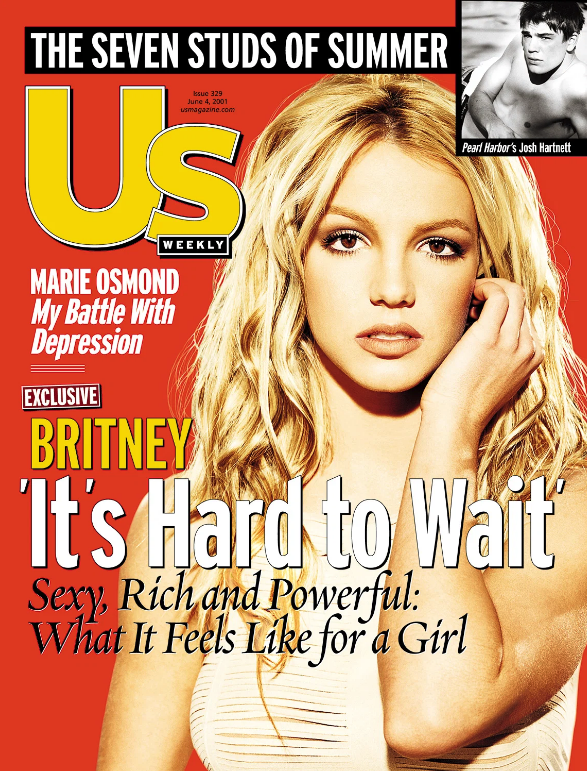
What constitutes scandal for a female performer is typically a mental health issue, drug addiction, or nothing more than society having unfairly stricter standards for women’s sexual expressiveness. When you Google “music industry scandals,” you see lists with variations on Sinead O’Connor ripping up the image of the Pope, Janet Jackson’s Super Bowl Halftime show nip-slip, Miley Cyrus twerking at the VMAs, and Whitney Houston saying “crack is whack” in an interview. These are all alongside indictments of pedophilia for Michael Jackson and R. Kelly, convictions of murder for Phil Spector, and felony assault for Chris Brown. Notice anything different there? Ripping up a picture, dancing flirtatiously, and getting angry at invasive interviewers are nowhere near as barbaric as molesting minors, aggravated criminal sexual abuse, second-degree murder, and felony assault.
These “scandals,” that women are dragged through the mud for are quickly forgotten when male performers do the same, or worse. Have you ever heard of Bruno Mars’ cocaine arrest? Or the sexual relationships David Bowie and Jimmy Page had with minors? Or Steven Tyler adopting his 16-year-old girlfriend? How about Pete Townshend getting arrested on child porn charges? You probably haven’t heard of these scandals, because they’ve been swept under the rug. No grace is given to female performers for even the smallest offenses, or non-offenses, where male performers are given passes all the time. If you need further evidence of this phenomenon, you need only look to Disgraceland, where roughly 90 percent of the subjects of this true crime rock ‘n’ roll podcast are men, and many of their legacies remain intact even after some of their most despicable deeds.
Thankfully the #MeToo movement is eroding this protection of male performers, Marilyn Manson being a recent example.
Let’s use Justin Timberlake as another example of an artist whose reckoning is overdue. The Framing Britney Spears documentary covers Britney and Justin’s relationship and how it was perpetuated by the media and perceived by the public. In an interview, Britney was asked about her virginity and she responded that she was saving herself for marriage. After the couple broke up, Justin released his 2002 album Justified where the music video insinuated that the reason the couple broke up was because of Britney’s infidelity. On a radio show, Justin revealed crudely that he and Britney had sexual relations.
So while Britney experienced public slut-shaming, Justin was on top of the world with his new album, making millions off the heartbreak he claimed to suffer.

The difference in how the media treats male and female musicians isn’t reserved for sex alone. Let’s examine how the media has covered stars with drug problems. Male artists who have recently died of a drug overdose, such as Mac Miller or Prince, are remembered more for their musical legacy; a sharp contrast to Whitney Houston or Amy Winehouse who have their drug abuse attached to their public persona and musical legacy.
Here are the opening lines of Whitney and Amy’s New York Times obituaries:
“Whitney Houston, the multimillion-selling singer who emerged in the 1980s as one of her generation’s greatest R&B voices, only to deteriorate through years of cocaine use and an abusive marriage, died on Saturday in Beverly Hills, Calif. She was 48.”
“Amy Winehouse, the British singer who found worldwide fame with a sassy, hip-hop-inflected take on retro soul, yet became a tabloid fixture as her problems with drugs and alcohol led to a strikingly public career collapse, was found dead on Saturday in her apartment in London, the police said. She was 27.”
Then look at the opening lines of Mac Miller and Prince’s New York Times obituaries:
“Mac Miller, a Pittsburgh rapper who built a loyal cult fan base with low-key charisma and intimate verses, died on Friday at his home in the San Fernando Valley in California. He was 26.”
“Prince, the songwriter, singer, producer, one-man studio band and consummate showman, died on Thursday at his home, Paisley Park, in Chanhassen, Minn. He was 57.”
All of these deaths are tragic, but the opening lines of their obituaries illustrate how Whitney and Amy’s drug and alcohol abuse is inevitable and attached to their legacies, where Mac Miller and Prince’s drug abuse is portrayed as hidden and detached from their legacies.
Justin Bieber is another example of a male performer whose mental health issues and struggle with addiction haven’t impacted his music career negatively. Sure, he has endured plenty of ridicule through social media, but ultimately Justin is still selling plenty of records and his public perception is stable, especially now that he’s married to Hailey Baldwin.
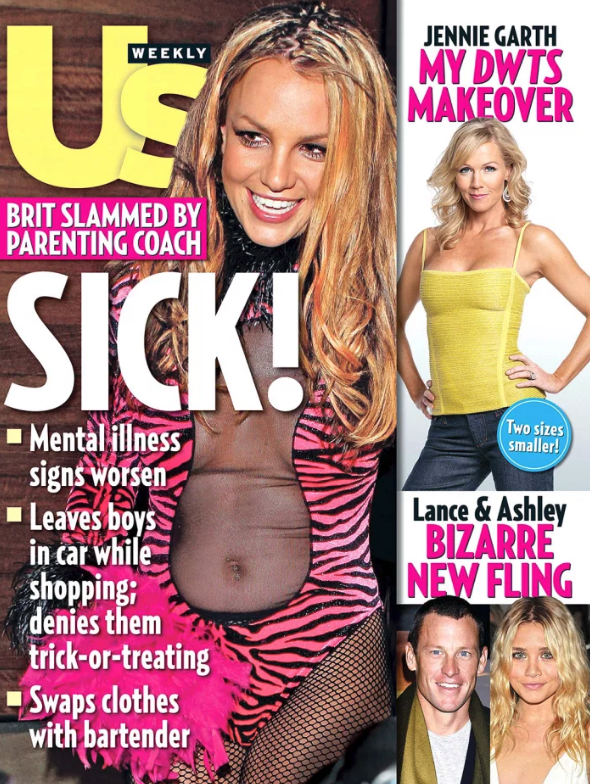
Children internalize the way that adults talk about celebrities. The unfair viewpoints I held about Britney Spears were a direct result of the media’s portrayals and the public’s tendency to perpetuate those sexist opinions. It teaches young girls, “Oh, I better be good and quiet, even when I’m struggling, otherwise people will make fun of me.” Thankfully, in the past decade, mainstream vocabulary surrounding mental health has improved. We are seeing more compassion for younger artists who have struggled, such as Demi Lovato, and seeing her story portrayed as a triumph over adversity instead of a trainwreck. Hopefully, this growing awareness continues and the Britney documentary helps people take a harder look at the way we judge famous women. It’s clear that the way forward is not labeling mental health, addiction, or sexuality as something shameful.





